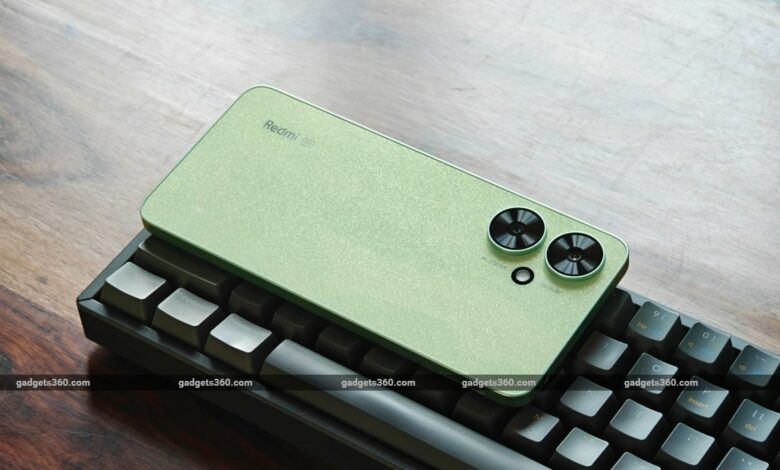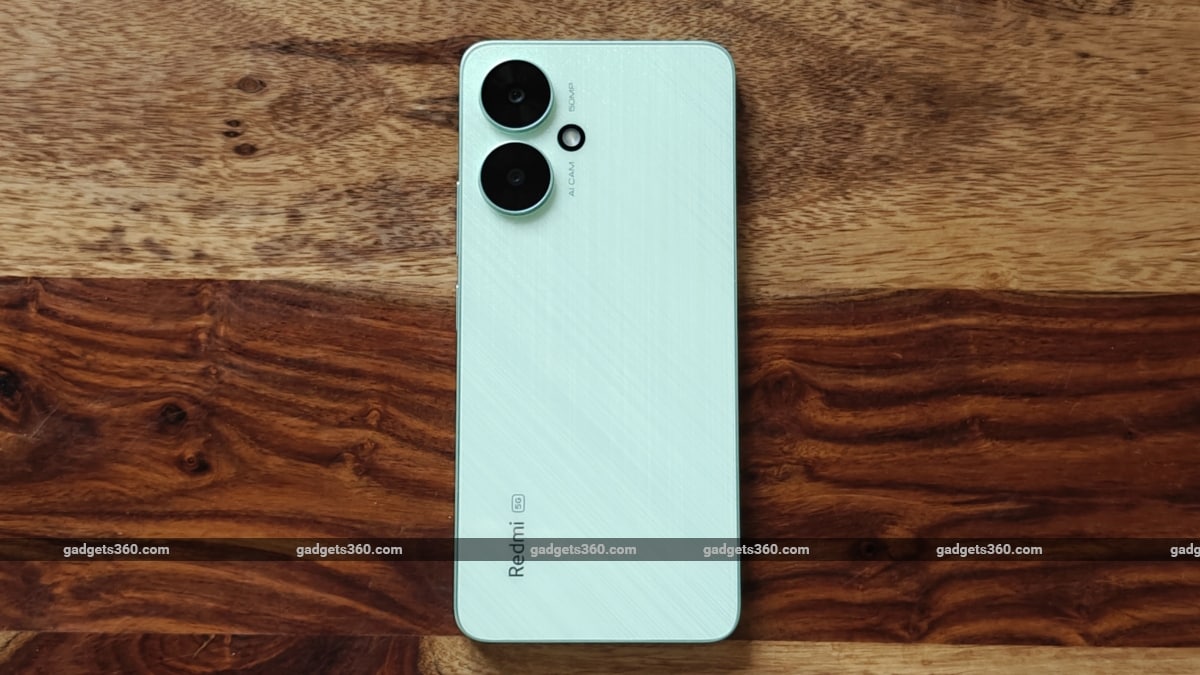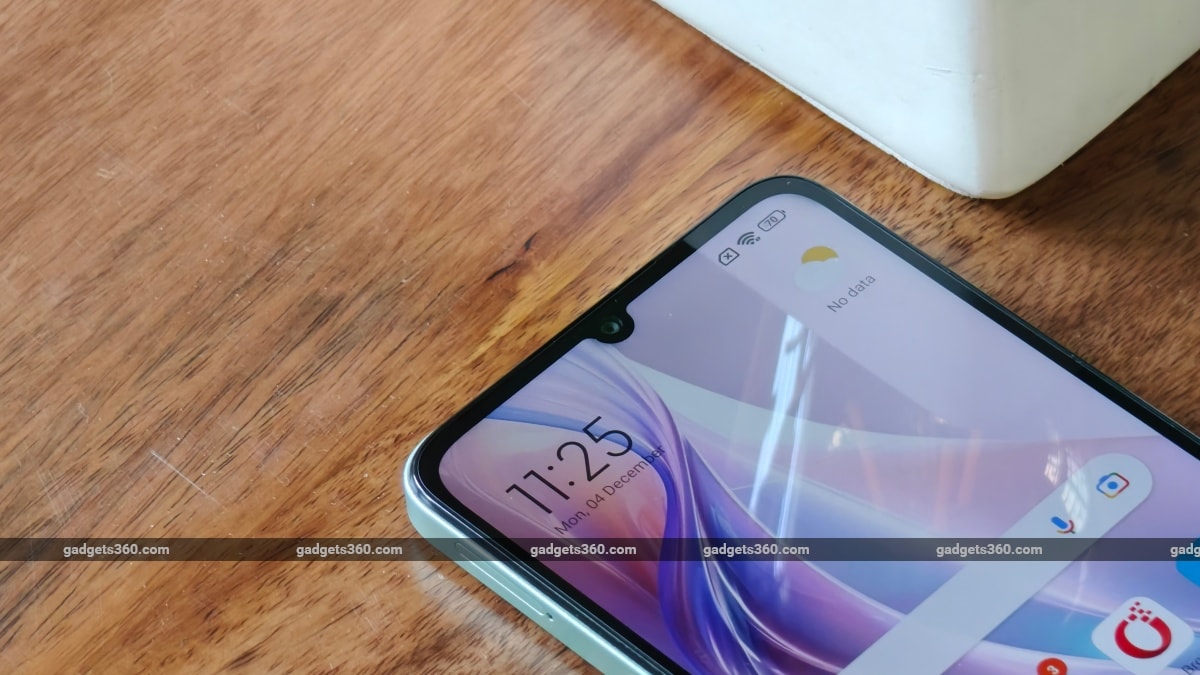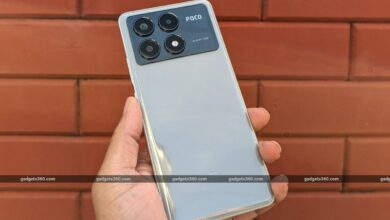Redmi 13C 5G first impressions: Lots of upgrades!





The much-awaited upgrade to the Redmi 12C that was launched just six months ago in June this year has finally arrived. It’s called Redmi 13C 5G and surprisingly, Xiaomi has also decided to keep a 4G model of the same, which could be cheaper. As the product name clearly suggests, the new Redmi 13C 5G still remains an entry-level model from the brand but adds 5G connectivity to the mix. Gadgets 360 exclusively reported on the launch ahead of the launch.
There’s also a new design language and hardware, some of which resembles the Redmi 12 5G, which sits comfortably at the lower end of the budget smartphone segment. I spent a few hours with the new and improved Redmi 13C 5G, and here are my initial impressions.
Right off the bat, it’s clear that the Redmi 13C 5G follows a newer design philosophy that we’ve seen on more recent models like the Redmi 12 5G, which launched in August this year. Gone is the standard plastic look and feel of the Redmi 12C. The 13C 5G still uses polycarbonate for the frame and rear screen, but it gets a modern look with flat sides and a flat rear panel.
This back panel, while made of plastic, is a real eye-catcher. It has a unique finish that Xiaomi calls its Star Trail Design. It features two separate patterns, one with running lines, which seem to move as you tilt the phone. The second is a more familiar sparkle or shine. These give the phone a sort of dual finish. While the color remains the same, it’s nice to see Xiaomi getting creative with an entry-level model.
![]()
The Redmi 13C 5G has this unique Star Trails design, which appears to move or animate when tilted from one side to the other
Unlike the 12C, which had an IP52 rating, Xiaomi claims the Redmi 13C 5G is splash-proof and dust-protected, but doesn’t provide an official IP rating.
Despite its flat and chiseled appearance, I found the phone to be quite large, but that’s likely because of its 6.74-inch 1600 x 720 pixels LCD display. It’s protected by Corning’s Gorilla Glass 3, which is the same as on the Redmi 12 5G. There’s a U-shaped display notch at the top and a thick bezel at the bottom, which nicely sets it apart from the budget Redmi 12 5G that has a punch-hole for its selfie camera and looks more premium. The display has gotten an upgrade too, now managing a maximum screen refresh rate of 90Hz and a 180Hz touch sampling rate, which could come in handy for gamers.
![]()
Despite its appearance, there is only one camera on this device that is accessible to the user
Inside, you’ll find an upgraded MediaTek Dimensity 6100+ SoC, which is a notable upgrade over the Redmi 12C’s dated MediaTek Helio G85 SoC. There are also far more RAM options to choose from.
There’s a 4GB RAM and 128GB storage variant, a 6GB RAM and 128GB storage variant, and even an 8GB RAM and 256GB storage variant, all of which offer 1TB of expandable storage. All of these variants also offer up to 8GB of expandable virtual RAM.
As for the cameras, things seem to remain the same as before. Xiaomi offers a 50-megapixel primary camera, coupled with a depth camera (which is not accessible to the user). So, this is still a single-camera experience. Selfies are handled by a 5-megapixel front-facing camera.
![]()
The Redmi 12C’s micro USB port has been updated to a USB-C port on the Redmi 13C 5G
What seemed less impressive is Xiaomi’s approach to software for its entry-level smartphones. There’s MIUI 14, which is a good thing, but it’s based on Android 13. There are a fair few third-party apps pre-installed, and it only took a couple of hours to get to grips with just how cluttered the software is, as I was constantly bombarded with spam notifications from various pre-installed apps. There are also several pre-installed games and tons of third-party apps.
The Redmi 13C 5G gets the same battery as its predecessor in terms of capacity, namely 5,000mAh. However, Xiaomi has managed to increase the charging speed from 10W to 18W, which should be considerably faster. Xiaomi continues to offer a 10W charger in the box, though. And yes, this also means there’s a Type-C port at the bottom instead of a micro-USB port on the previous model.
![]()
The U-shaped notch in the display makes the phone look a little dated despite its otherwise chiseled appearance
Sure, the Redmi 13C 5G seems like a well-rounded update. But it’s all expected to come with a higher price tag, something that Xiaomi will reveal in the coming days. Thankfully, it will seem justified considering the Redmi 12C’s actual successor is the Redmi 13C, which is the non-5G variant of the same device.
At the time of writing, Xiaomi hasn’t given us any details about its standard Redmi 13C (4G) model, but it did reveal that it will have a lower-resolution selfie camera, among other minor changes, compared to the 5G model. So stay tuned to our review of the entry-level Redmi 13C 5G to find out whether it’s worth the extra cost over the Redmi 12C or 13C, or if it’s overshadowed by the budget Redmi 12 5G (Review).




